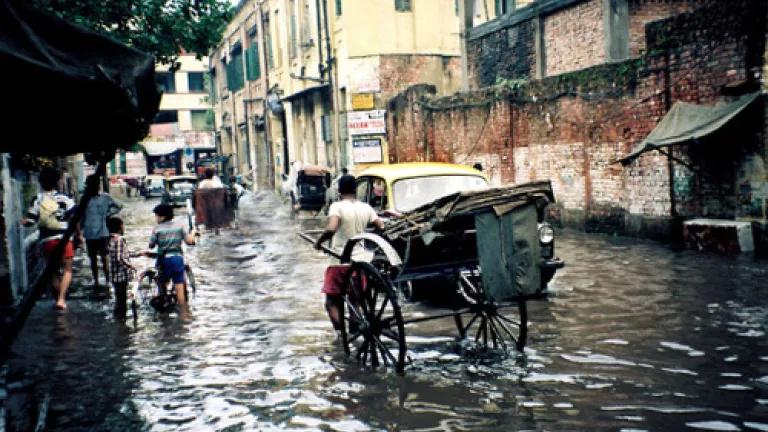
President Obama will host Indian Prime Minister Manmohan Singh at the White House next week. The United States and India have benefited from combined efforts to address issues from national security to climate change. Now these leaders have an opportunity to do even more together. The world’s two largest democracies and leading entrepreneurial societies can combine forces to unleash bold climate action.
Indeed, it is imperative that we do so. Climate Change is already imposing huge and growing costs on both countries.
Last year was the hottest year on record for the continental United States, and Americans paid $140 billion for crop losses, wildfires, floods and other disasters made worse by climate chaos. Our government picked up the lion's share of the tab, to the tune of $1,100, on average, for every American taxpayer.
In India, scores of millions of people live on the perilous front lines of climate change. Earlier this year 5,700 people went missing and are presumed dead after severe monsoons caused unforeseen floods. Rapid melting of Himalayan glaciers threatens the Ganges, Indus, and Brahmaputra river systems that have sustained civilizations for thousands of years. And more than 600 people died last summer from extreme heat waves that sent temperatures as high as 115 degrees F and sent protesters to the streets to plead for a government response.
This climate chaos is being fueled by growing emissions of carbon pollution released when we burn oil, gas and coal, and by powerful heat-trapping chemicals used primarily as refrigerants.
We must take action to fight climate change, and the good news is that both the US and India are taking steps to do so. But we need to do more. Here in the US, we can move forward with President Obama’s plan to set limits on the carbon pollution from power plants—the source of 40 percent of the US carbon footprint. India, meanwhile, can embrace energy efficient measures and renewable energy as it modernizes its cities and powers its growth.
These efforts will be made stronger if we work together. The US-India Energy dialogue and the US-India Partnership to Advance Clean Energy have already helped expand low-carbon technologies in both nations. Now it is time to take this partnership farther.
In advance of the meeting between President Obama and Prime Minister Singh, NRDC wrote to the White House outlining three key areas opportunities for collaboration: energy efficiency, growing solar energy markets, and preparing our communities to sustain the impacts of climate change.
Our two countries, for instance, can create public-private partnerships—similar to those that have helped spur innovation and investment in information technology—to help increase energy efficiency in our workplaces, appliances, homes and cars. We can promote and enhance the exchange of advanced clean energy technology, like smart grids to make electricity transmission more efficient, and systems to make wind and solar power available to vast reaches of rural India.
In the near term, President Obama and Prime Minister Singh can cooperate, to mutual advantage, and leapfrog to the next generation of safer chemicals used as refrigerants. They can also build on the recent G20 agreement supporting a global phase down of production and consumption of the powerful heat-trapping gases known as hydrofluorocarbons under the Montreal Protocol.
And finally, we can share lessons learned from extreme weather events to help both nations make our cities, public health systems, and infrastructure more resilient in the face of climate disruption.
Climate change is a formidable challenge, but it becomes easier to confront when two allies join together. We can help each other protect our communities and transition to low-carbon economies, and we urge the leaders of the United States and India to point the way forward.
Photo credit: Getty Images
